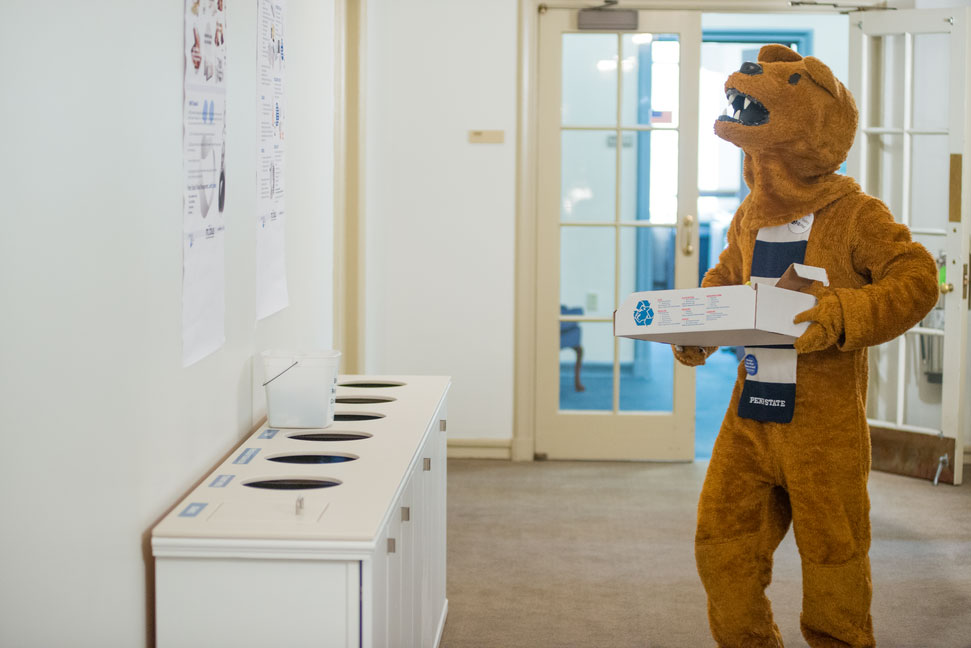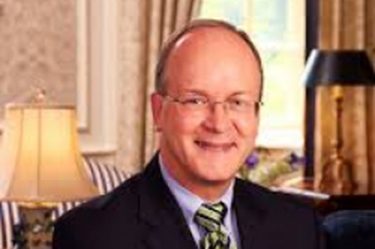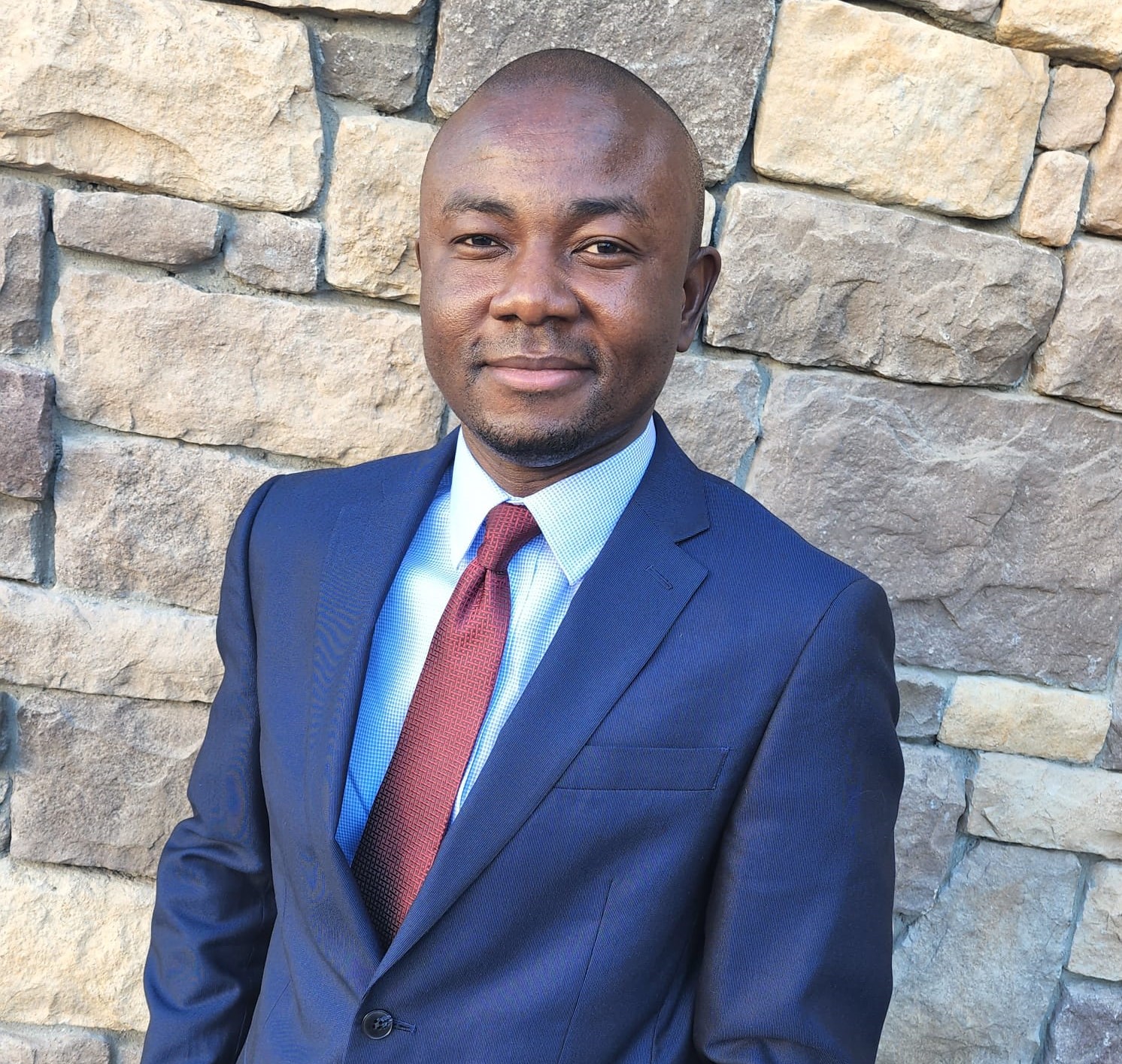How student activism at Penn State helped cement the origins of Earth Day
By Sierra Keller
UNIVERSITY PARK, PA – The first Earth Day took place 52 years ago, on April 22, 1970, marking the birth of the contemporary environmental movement. The 1960s was a time ripe for change. Over 100 million vehicles flooded American roadways, producing over half of our country’s hydrocarbon and carbon monoxide emissions.
Deadly smog became more prevalent in cities around the country due to the lack of rigorous air quality standards. The Santa Barbara Disaster and Cuyahoga Fire frightened many and exposed the issue of inappropriate corporate chemical waste disposal. Rachel Carson garnered public attention when she chronicled the environmental harm caused by indiscriminate pesticide usage in her now-infamous book, “Silent Spring.”
Environmental consciousness was spreading across the country, and Penn State students, in particular, were taking notice and growing dissatisfied with both the environmental impact and the ongoing Vietnam War. Tension was building in a myriad of ways.
Hundreds of student demonstrators marched to the administration building a week before Earth Day, demanding that the university cut ties with the military. Administrators were so taken aback by the chaos in the crowd that they called both the local sheriff and the state police, who arrested 29 students. After protesters tore down a fence, flung rocks at the windows, and lit fires in the dorms, University President Walker was driven from the President’s mansion on campus five days later. The cost of the damages was assessed to be roughly $7,000, equivalent to over $51,850 today.
Protests were largely unrestricted in the 1960s and 1970s. Events that started as peaceful sit-ins had the potential to escalate quickly and unexpectedly. While occasionally disorderly, nationwide rallies and sit-ins had begun to demonstrate their effectiveness in attracting public attention and necessitating policy changes from officials, such as seen with the civil rights movement.
The success of the anti-Vietnam war protests sparked the inspiration for Sen. Gaylord Nelson, a junior senator from Wisconsin with a longstanding concern for the rapidly accelerating deterioration of the climate. Nelson decided to capture the energy of student anti-war protests with the growing awareness about air and water pollution by announcing his plan to hold teach-ins on college campuses across the country.
At Penn State, student organizers Ed Beckwith and Tim Palmer, with the support of over 300 additional students, planned a series of events that would be hosted the weekend leading up to what Nelson had popularly dubbed “Earth Day .” Activities included a keynote lecture from renowned conservationist Rep. John Saylor of Johnstown, followed by film showings, exhibits, and an interdisciplinary discussion panel addressing concerns about population, air quality, water resources, solid waste disposal, land-use conflicts, transportation, and environmental health. In contrast to the simultaneous anti-war protests on campus, the Earth Week festivities were calm.
The events culminated on Earth Day when around 15% of Penn State professors devoted their classes to environmental issues after being successfully persuaded by student planners. Environmental education and advocacy discussions were hosted downtown, and gubernatorial candidates gave speeches before the evening gave way to an air of festivity. Students closed the street to enjoy folk music, dramas, and films.
Although the legacy left by the approximately 2,000 initial Penn State participants cannot be precisely quantified, it doesn’t take much imagination to connect numerous Penn State sustainability initiatives back to the seeds planted that week in 1970. Modern developments such as the establishment of the Sustainability Institute (SI), the Institute of Energy and the Environment, the Center for the Business of Sustainability, the creation of the Carbon Emission Reduction Task Force (CERT), the implementation of LEED certifications, and much more all point to the dawn of the modern environmental movement and the role that all Penn Staters have played in nurturing its growth over the decades.
Penn State is dedicated to tracking its sustainability progress and participates in numerous sustainability progress assessments, such as the Association for the Advancement of Sustainability in Higher Education’s (AASHE) Sustainability Tracking Assessment and Rating System (STARS). Our number 1 ranking among the participating Big Ten schools reflects our leadership within the sustainability sphere.
The year of the inaugural Earth Day, thousands of colleges and universities across the nation found themselves united in a coordinated effort against further environmental degradation. Earth Day became firmly ingrained in American culture and, later, international culture by enlisting diverse, intersectional, and bipartisan citizen and political support and by employing generally peaceful tactics.
Subsequently, broad national changes were implemented, including the Environmental Protection Agency, the Occupational Safety and Health Act, the National Environmental Education Act, the Clean Air Act, the Clean Water Act, the Endangered Species Act, and the Federal Insecticide, Fungicide, and Rodenticide Act. These laws continue to protect the health and well-being of all Americans and have prevented the extinction of hundreds of species of flora and fauna.
As a Penn Stater, your awareness, encouragement, and participation in climate action are urgent. Visit sustainability.psu.edu to discover how to get involved with sustainability work at Penn State.
Sources:
The Genius of Earth Day: How a 1970 Teach-In Unexpectedly Made the First Green Generation by Adam Rome
https://www.earthday.org/history/
https://www.psu.edu/news/campus-life/story/history-earth-day-penn-state/






